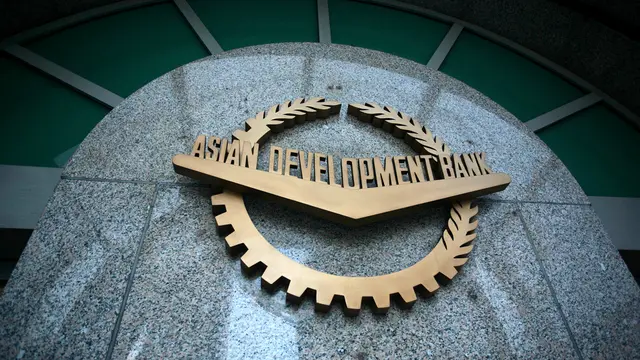Australian scientists have discovered huge reserves of freshwater beneath the ocean, with the potential to be tapped as a resource for nations facing a looming global water crisis.
A new study, "Offshore fresh groundwater reserves as a global phenomenon,"published Thursday in the international scientific journal Nature, reveals that an estimated half a million cubic kilometers of low-salinity water are buried beneath the seabed on continental shelves around the globe.
The water, which could potentially supply the world's giant coastal cities, has been located in vast oceanic off Australia, China, North America and South Africa.
According to a world health organization (WHO) study, more than 3.4 million people die each year from water, sanitation and hygiene-related causes. Nearly all deaths, 99 percent, occur in the developing world.
"The volume of this water resource is 100 times greater than the amount we've extracted from the Earth's sub-surface in the past century since 1900," said lead author Dr. Vincent Post of the National Center for Groundwater Research and Training (NCGRT) and the School of the Environment at Flinders University.
"Knowing about these reserves is great news because this volume of water could sustain some regions for decades."
More then 1 billion people in the world lack access to clean water.
Over the next two decades, according to the journal Nature, the average supply of water per person will drop by a third, possibly condemning millions of people to an avoidable premature death.
In addition to supply problems, unclean water causes more than 4 billion cases of diarrhea a year which lead to roughly 2.2 million deaths, and most are in children under the age of five.
Post said that groundwater scientists knew of freshwater under the seafloor, but thought it only occurred under rare and special conditions.
"Our research shows that fresh and brackish aquifers below the seabed are actually quite a common phenomenon," he said.
These reserves were formed over the past hundreds of thousands of years when on average the sea level was much lower than it is today, and when the coastline was further out, according to the Flinders University team.
The researches believe that over ages rain water would infiltrate into the ground and fill up the water table in areas that are today under the sea.
"It happened all around the world, and when the sea level rose when ice caps started melting some 20,000 years ago, these areas were covered by the ocean.
"Many aquifers were -- and are still -- protected from seawater by layers of clay and sediment that sit on top of them,"Post said.
The 'aquifers' are very much similar to those below land, which much of the world relies on for drinking water, most importantly their salinity is low enough for them to be turned into potable water.
"There are two ways to access this water -- build a platform out at sea and drill into the seabed, or drill from the mainland or islands close to the aquifers," Post said.
While offshore drilling can be very costly, a source of freshwater such as the ones Post has found will need to be assessed and considered in terms of cost, sustainability and environmental impact against other water sources such as desalination, or even building large new dams on land.
"Freshwater under the seabed is much less salty than seawater," Dr. Post said. "This means it can be converted to drinking water with less energy than seawater desalination, and it would also leave us with a lot less hyper-saline water.
"Freshwater on our planet is increasingly under stress and strain so the discovery of significant new stores off the coast is very exciting. It means that more options can be considered to help reduce the impact of droughts and continental water shortages. "
But while nations may now have new reserves of freshwater offshore, Dr. Post said they will need to take care in how they manage the seabed: "For example, where low-salinity groundwater below the sea is likely to exist, we should take care to not contaminate it.
Examples include when boreholes drilled into the aquifers for oil and gas exploration or production, or aquifers are targeted for carbon dioxide disposal. These activities can threaten the quality of the water.
Post also warned that these water reserves are non-renewable: " We should use them carefully -- once gone, they won't be replenished until the sea level drops again, which is not likely to happen for a very long time."
The National Center for Groundwater Research and Training is an Australian Government initiative, supported by the Australian Research Council and the National Water Commission.
 简体中文
简体中文

